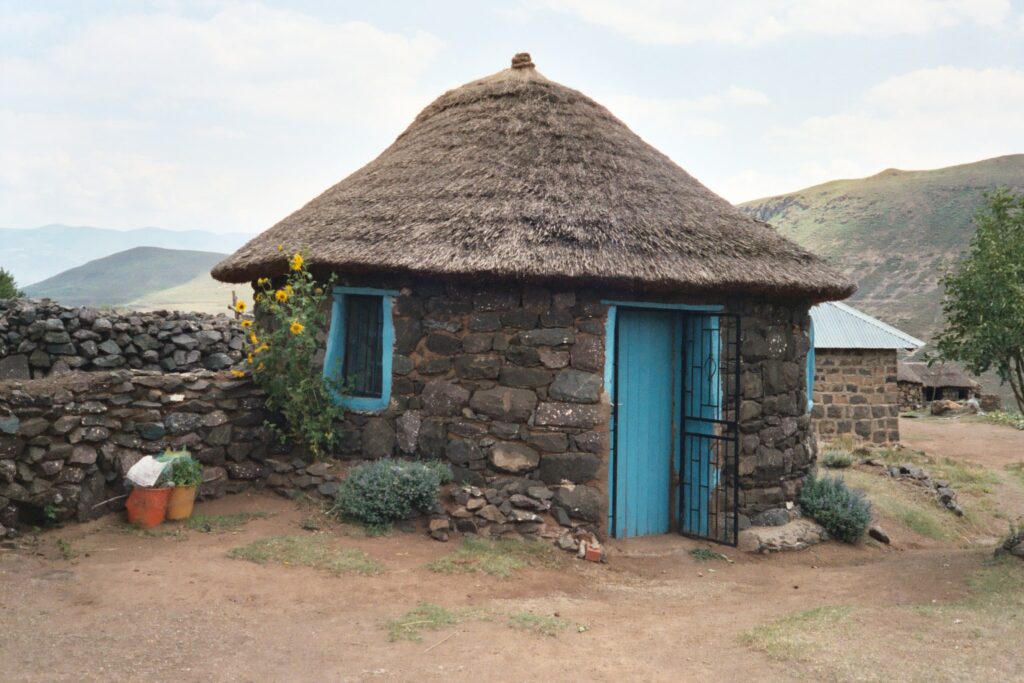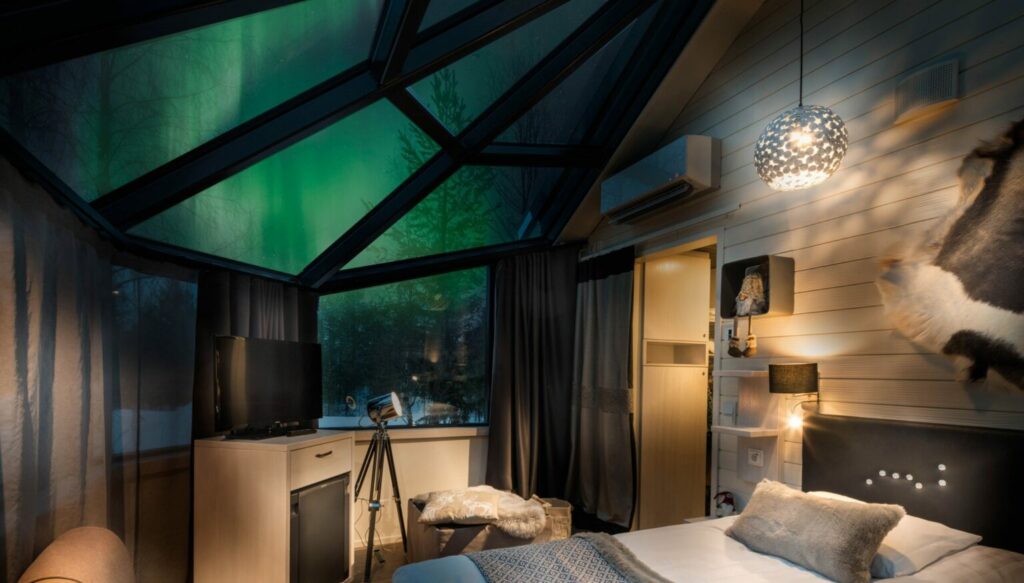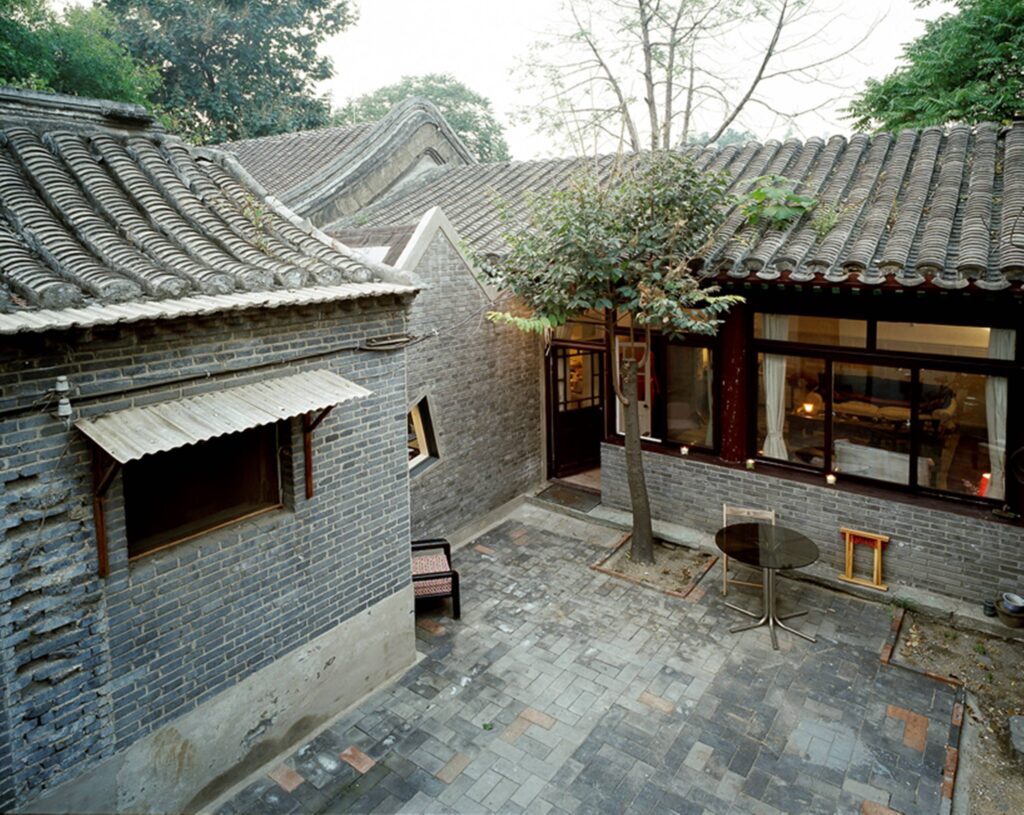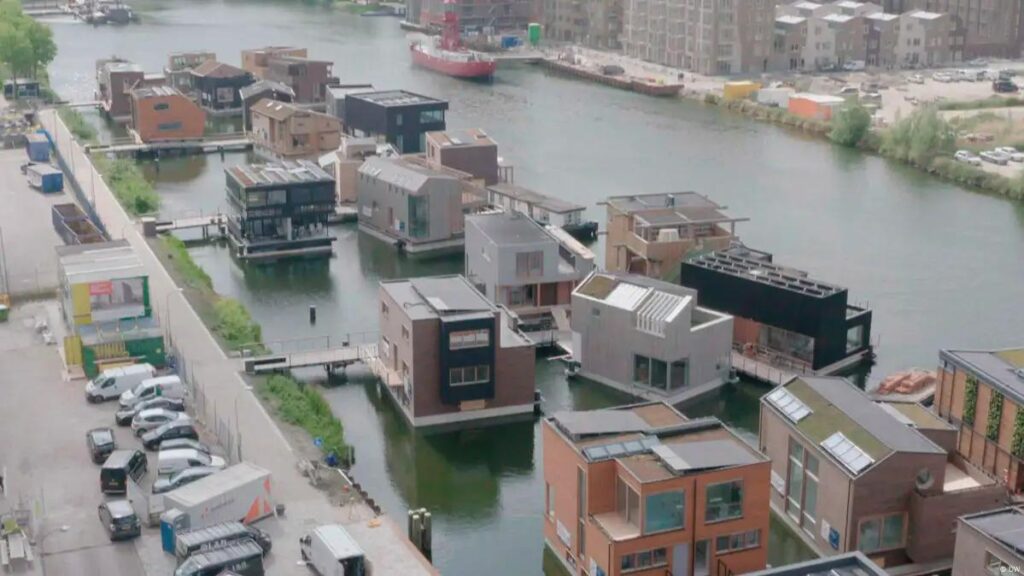10 House Styles Around the World: How People Live Across Cultures
When we think of “home,” we often picture the familiar walls and roofs we grew up with. But across the globe, the concept of a house takes on many shapes and meanings. From ancient stone huts to futuristic pods, every culture builds homes that reflect its climate, history, and way of life. Let’s take a virtual tour around the world and explore 10 fascinating house styles—and what they say about the people who live in them.
1. Japanese Machiya – Japan

In Kyoto’s historic neighborhoods, you’ll find narrow, wooden townhouses known as machiya. These homes were traditionally used by merchants and craftsmen, often combining a living space in the back with a shop in the front. Machiya are famous for their sliding doors, inner gardens (tsuboniwa), and clever use of limited space. They reflect Japan’s value of simplicity, harmony with nature, and privacy.
2. Rondavel – South Africa

The rondavel is a round, thatched-roof house commonly found in rural southern Africa. Built from mud, stone, or concrete, these homes stay cool in the heat and warm in the cold. Their circular shape encourages communal living, as everything is arranged around the center. Rondavels reflect a deep connection to the land and traditions passed down through generations.
3. Trullo – Italy

In the southern region of Puglia, you’ll find the fairy-tale-like trulli—small, round houses with conical roofs made of limestone. These unique structures date back to the 14th century and were built without mortar to avoid taxes (so they could be dismantled quickly). Today, trulli are a symbol of regional pride and clever peasant architecture.
4. Stilt Houses – Southeast Asia

In countries like Thailand, Cambodia, and Indonesia, houses on stilts are a common sight. Built above ground to protect from floods, pests, and humidity, these homes often use bamboo, wood, or palm leaves. The space underneath is used for storage, livestock, or even relaxation. Stilt houses show how communities adapt smartly to tropical environments.
5. Alpine Chalet – Switzerland

In the snowy Alps, chalets offer warmth and shelter with their sloped roofs, deep eaves, and wooden balconies. Traditionally built with timber and stone, chalets are designed to handle heavy snowfall while creating a cozy atmosphere. Their rustic charm and connection to mountain life have made them popular worldwide as vacation homes.
6. Mudbrick House – Yemen

The ancient city of Shibam in Yemen is famous for its tall mudbrick buildings—some reaching up to 11 stories. Often called the “Manhattan of the desert,” these skyscraper-like homes date back to the 16th century and are made from sun-dried mud bricks. Despite their age, they stand strong thanks to regular maintenance and clever design suited for the hot, dry climate.
7. Cave Dwellings – China

In the Loess Plateau of northern China, millions have lived in yaodong—cave dwellings carved directly into the earth. These homes are naturally insulated, keeping cool in summer and warm in winter. Some are dug into hillsides, while others are completely underground. Simple but effective, yaodong show how humans use natural landscapes as part of homebuilding.
8. Igloo – Arctic Circle

Though often seen as a symbol of the Arctic, the igloo was traditionally used by the Inuit people as temporary winter shelters during hunting trips. Made from blocks of packed snow, igloos are surprisingly warm inside due to the insulating properties of snow. While not commonly used today, they remain a fascinating example of survival architecture.
9. Hutong Courtyard House – China

In Beijing, hutong neighborhoods are made up of traditional courtyard houses known as siheyuan. These rectangular homes surround a central courtyard and are shared by extended families. With high walls and inward-facing design, they emphasize privacy, family unity, and balance—key values in Chinese culture.
10. Floating House – Netherlands

In the Netherlands, where water is everywhere, floating houses have become a modern response to rising sea levels. Built on concrete pontoons or steel frames, these homes rise and fall with the tide, offering comfort without risk of flooding. Combining sustainability with style, they represent how home design can evolve with environmental challenges.
Final Thoughts
The way people build homes tells us so much about their environment, values, and lifestyle. Whether it’s the sun-baked trullo of Italy or the icy igloo of the Arctic, each house style reflects a unique solution to a universal human need: shelter, safety, and belonging.
Next time you travel—or even browse Google Maps—take a closer look at how people live around the world. You might be surprised by the creativity, resilience, and beauty that go into the places we call home.
